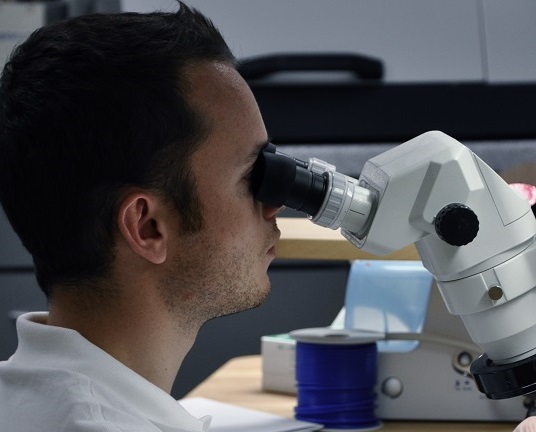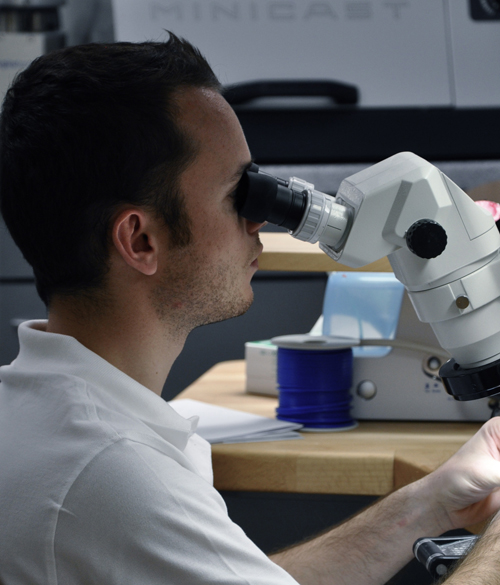Chlamydia is a very common sexually transmitted infection caused by the bacterium Chlamydiae trachomatis. Young women are particularly affected, although many of them do not even know they are infected. This silent disease is well treated with antibiotics.
In 60-70% of cases, the condition is asymptomatic, which is why it is considered a “silent disease.” Often the disease goes undetected for months without treatment, so it can easily be transmitted during unprotected sex or during childbirth from mother to child.
Symptoms
As mentioned above, most people infected with chlamydia have no symptoms and are often unaware that they have the disease. Therefore, anyone who is sexually active can unknowingly infect their partner. However, some symptoms may still show up some time after infection. If a person has signs of a chlamydial infection (less than 50% in men and less than 30% in women), they appear 2-3 weeks after transmission of the bacteria (sometimes up to 6 weeks), which is longer than for gonococcal infection.
Symptoms in women
- Burning sensation when urinating,
- Abdominal pain,
- Unusual and sometimes foul-smelling vaginal discharge,
- Bleeding between periods or after intercourse,
- Pain during intercourse,
- Abnormal discharge from the anus.
Symptoms in men
- Tingling and itching in the urethra,
- Burning sensation while urinating,
- Pain and swelling in the testicles,
- Inflammation of the rectal wall.
Transmission routes :
Chlamydia is mainly transmitted sexually: vaginal, urogenital and anal. It is caused by a bacterium called Chlamydia trachomatis. The disease usually starts in the cervix in women and in the urethra in men, but it can also infect the rectum, throat or eyes.
In the case of anal sex, chlamydia can cause a rectal infection, and in the case of oral sex, a throat infection.
In the long run, chlamydia can provoke various diseases:
– In men, it can cause urethritis, epididymitis, prostatitis or Fissinger-Leroy-Reiter syndrome (a combination of conjunctivitis, urethritis and rheumatism).
– In women: most often complicated by infection of the fallopian tubes or cervix or chronic pelvic inflammation. These conditions may impair fertility and increase the risk of miscarriage.
– In the fetus: Risk of preterm labor, conjunctivitis (with risk of blindness), or pneumonia.
– Chlamydia trachomatis bacteria can also cause other serious diseases, such as trachoma (infection of the eyelid membrane) or an aggressive anal infection – venereum lymphogranulematosis or Nicolas-Favre disease. This severe form of the disease mainly affects men who have homosexuell relations. The first symptom is ulceration. This is followed by inflammation of the rectum. Over time, this condition can become chronic and lead to narrowing of the rectum and formation of fistulas.
What tests are done to detect chlamydia?
Chlamydia can be detected in both men and women with a simple test. In men, a urine test (first stream) is taken, and in women, also the first stream of urine or a vulvo-vaginal swab. Other swabs may be taken from the urethra, cervix (during a gynecological exam), and rectal or throat swabs.
Treatment
Chlamydia can be treated with antibiotics. However, it is important that all partners are examined and treated to avoid reinfection. In addition, it is recommended to avoid sexual intercourse during treatment or to use a condom.








